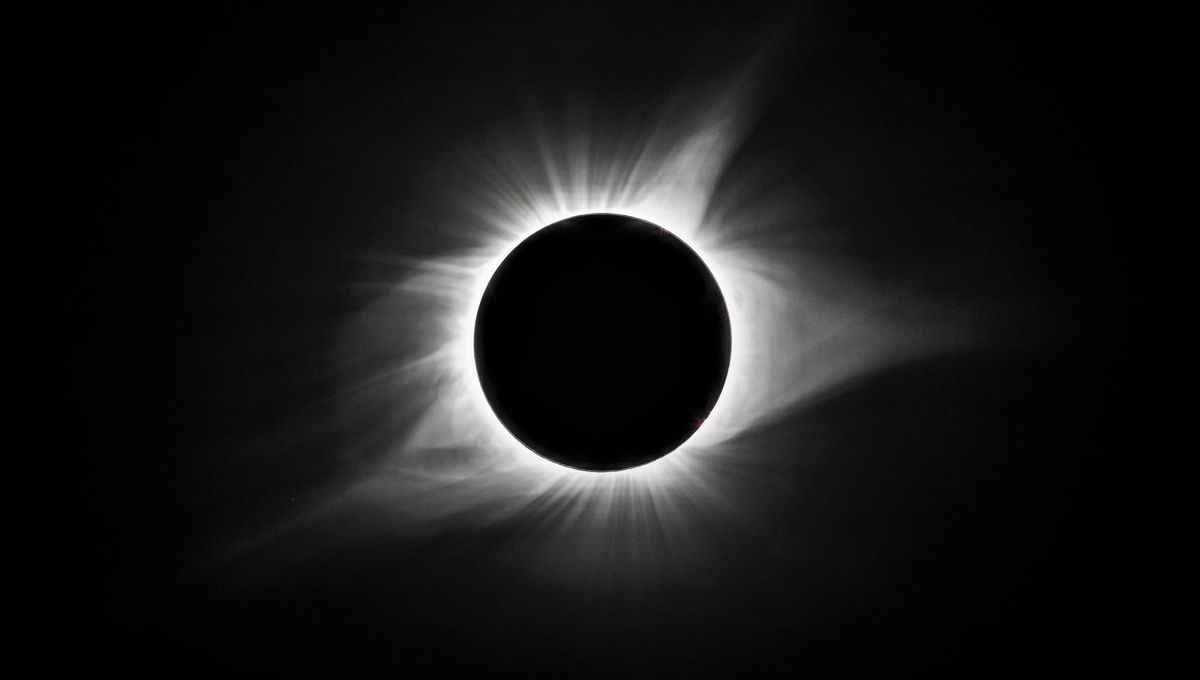
Two important missions to the Sun have been launched in the last few years: NASA’s Parker Solar Probe and the European Space Agency (ESA) Solar Orbiter. The two are studying the Sun in different ways, and in June last year they demonstrated just how complementary they are, helping to close in on the solution to the coronal heating problem.
This is an enduring mystery about the Sun. The solar atmosphere, also known as the corona, is 150 times hotter than the surface of the Sun, reaching about 1 million degrees Celsius (1.8 million degrees Fahrenheit). It is not clear how it gets this hot, if the underlying surface is cooler.
One phenomenon that’s been suggested as an explanation is turbulence, with magnetic waves in the corona transferring heat into the tenuous plasma that makes up the solar atmosphere. Observations of these waves have been building up over the last several years, but there are problems in getting comprehensive measurements to build a full picture.
If you get close enough to the Sun to measure particle flux and magnetic fields, you can’t look at it with cameras, as the light is so intense that it would literally cook your instruments. But if you are far away from it, you get only the crucial information from light without these important other details. The solution is to use two spacecraft: one that flies very close to the Sun (Parker); and another that can look at the Sun with many instruments (Solar Orbiter).
The Parker Solar Probe is the fastest human-made object ever created, so you’ve got to catch it at the right time. Solar Orbiter has a great view of the Sun, but it cannot see all of our star at once. For them to work together, they need to end up in alignment. And lead researcher, Daniele Telloni from the Astrophysical Observatory of Torino, worked out that they’d be in the right position at the right time on June 1, 2022.
Well, not exactly the right position. Solar Orbiter had to be tweaked a bit, but the mission operation team saw the value in taking the first-ever simultaneous measurements of the solar corona from deep inside it and from further away.
“This work is the result of contributions from many, many people,” Telloni said in a statement.
“The ability to use both Solar Orbiter and Parker Solar Probe has really opened up an entirely new dimension in this research,” added Gary Zank, University of Alabama in Huntsville, USA, and a co-author on the resulting paper.
The measurements by Parker come from several million kilometers away from the Sun, so not in the part where most of the heating is expected to happen. But they provide a lower limit to the heat transferred by turbulence, and this seems consistent with the picture that has been building up of how the corona gets heated.
The work is published in The Astrophysical Journal Letters.
Source Link: NASA And ESA Collaboration Inches Closer To Solving The Sun’s Hottest Mystery